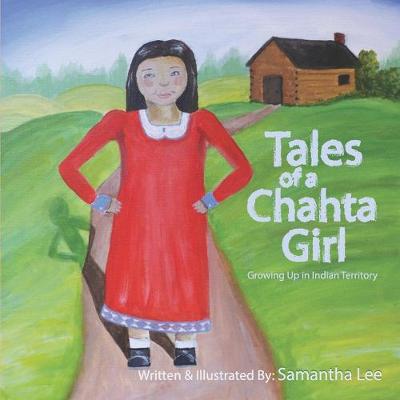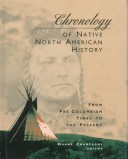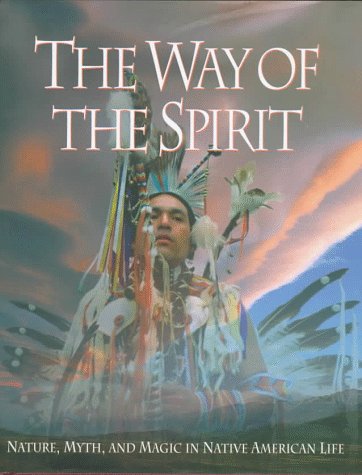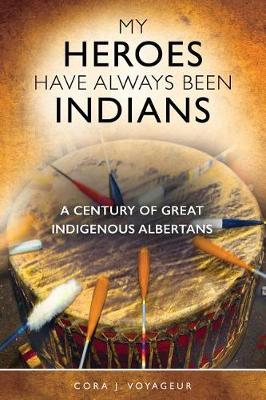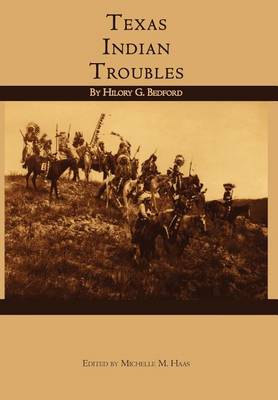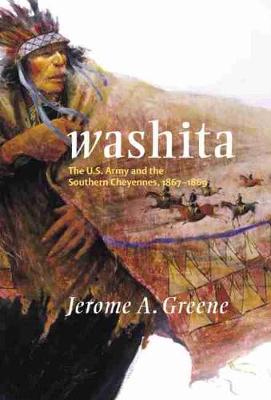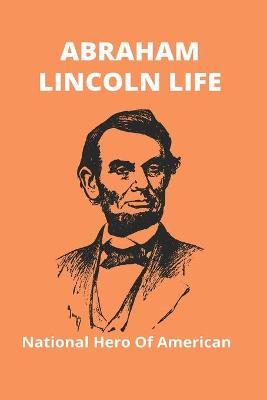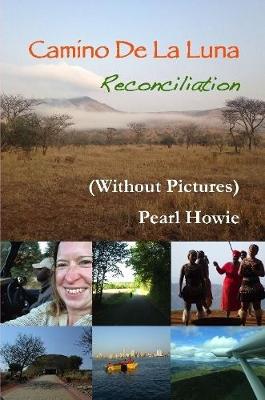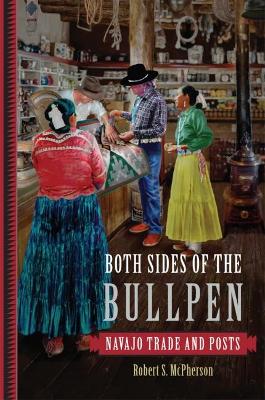Chronology of Native North American History
Census of the Sioux and Cheyenne Indians of Pine Ridge Agency 1898 - 1899 Book II
Since the Time of the Transformers (Pacific Rim Archaeology)
by Alan D. McMillan
This book examines over 4000 years of culture history of the related Nuu-chah-nulth, Ditidaht, and Makah peoples on western Vancouver Island and the Olympic Peninsula. Using data from the Toquaht Archaeological Project, McMillan challenges current ethnographic interpretations that show little or no change in these peoples' culture. Instead, by combining historical evidence, recent archaeological data, and oral traditions he demonstrates conclusively that there were in fact extensive cultural cha...
How Bear Lost His Tail A Nez Perce Nimiipuu Story (Fine Art Rainbow Journals Collection)
by Laurel Marie Sobol
Assembled for Use (The Henry Roe Cloud Series on American Indians and Modernity)
by Kelly Wisecup
A wide-ranging, multidisciplinary look at Native American literature through non-narrative texts like lists, albums, recipes, and scrapbooks "An intricate history of Native textual production, use, and circulation that reshapes how we think about relationships between Native materials and settler-colonial collections."-Rose Miron, D'Arcy McNickle Center for American Indian and Indigenous Studies at the Newberry Library Kelly Wisecup offers a sweeping account of early Native American liter...
An evenhanded account of a tragic clash of cultures On November 27, 1868, the U.S. Seventh Cavalry under Lt. Col. George Armstrong Custer attacked a Southern Cheyenne village along the Washita River in present-day western Oklahoma. The subsequent U.S. victory signaled the end of the Cheyennes' traditional way of life and resulted in the death of Black Kettle, their most prominent peace chief. In this remarkably balanced history, Jerome A. Greene describes the causes, conduct, and consequences of...
The Conspiracy of Pontiac and the Indian War After the Conquest of Canada Volume 16
by Francis Parkman
One hundred and forty years before Gerda Lerner established women's history as a specialized field in 1972, a small group of women began to claim American Indian history as their own domain. A Field of Their Own examines nine key figures in American Indian scholarship to reveal how women came to be identified with Indian history and why they eventually claimed it as their own field. From Helen Hunt Jackson to Angie Debo, the magnitude of their research, the reach of their scholarship, the popula...
Camino De La Luna - Reconciliation (Without Pictures)
by Pearl Howie
"Camino De La Luna - Reconciliation" is the seventh and final book in the series (or ninth if you count "free Feeling Real Emotions Everyday" and "Japan Is Very Wonderful"). What divides us? What sets us against each other? What stops us from being able to come home to our true selves? I had found truth in Thailand, discovered another wall inside me and freed another part of my soul. There were things to be done, journeys to be taken, strangers to meet, mistakes and regrets to put right and...
Between 1880 and 1940, Navajo and Ute families and westward-trending Anglos met in the ""bullpens"" of southwestern trading posts to barter for material goods. As the products of the livestock economy of Navajo culture were exchanged for the merchandise of an industrialized nation, a wealth of cultural knowledge also changed hands. In Both Sides of the Bullpen, Robert S. McPherson reveals the ways that Navajo tradition fundamentally reshaped and defined trading practices in the Four Corners area...
Letters and Notes on the Manners, Customs, and Condition of the North American Indians, Volume 1 (Cambridge Library Collection - North American History, Volume 1) (Letters and Notes on the Manners, Customs, and Condition of the North American Indians 2 Volume Set, Volume 1)
by George Catlin
Although he is best known for his paintings of Native Americans, George Catlin (1796-1872) also wrote books about his experiences among the indigenous peoples of the United States. During the 1830s he travelled widely in the western frontier regions with the aim of documenting the vanishing cultures of the Indians, and managed to meet 48 groups. This was a critical time for Native Americans, as US government policies were forcing many tribes off their ancestral land and onto reservations west of...
The Philosophies Of Thomas Jefferson And Alexander Hamilton
by Bernadette Furber
